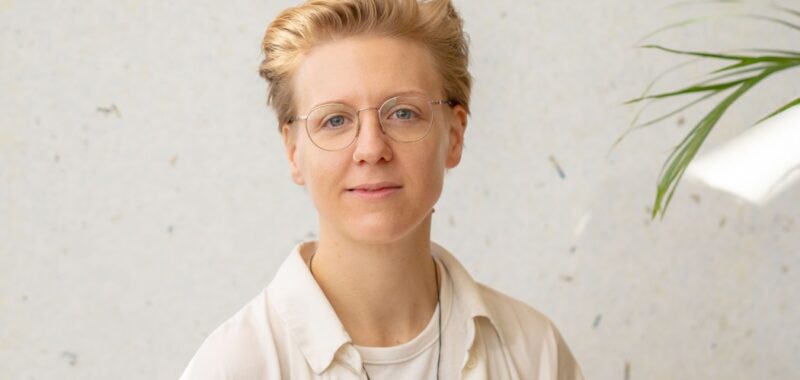Last year, UK industrial design agency Morrama unveiled a paper-based refillable packaging range for beauty, developed in collaboration with Chinese manufacturer PPK. The ’Maya’ range offered palettes, lipsticks, pumps and pots in various outer casing materials that could be customised by beauty brands, made with refills from renewable paper pulp. This year, the two companies were launching aluminium casing designs for the range, with the first aluminium lipstick with paper refill unveiled at MakeUp in Paris in May, winning an Innovation & Trend (IT) award at the show.
Jo Barnard, founder and creative director of Morrama, said the idea behind ’Maya’ was all about simplifying the design relationship between the vessel, or outer casing, and refill – providing “foundations” for a brand to build on further.
“There’s obviously been an increase in refillable packaging in various spaces, including beauty with refillable lipsticks and things like that,” Barnard told Premium Beauty News. However, she said most refills were “almost just as dysfunctional” as single-use packaging because of materials used, recyclability issues and consumer usage.
True packaging innovation to make space for refills, she said, had also been lacking. “Cost-wise, everything is quite tight at the moment with the general cost of living in many Northern countries, so that’s definitely been a barrier for brands to innovate. They’re iterating, not innovating, at the moment.”
“…With the Maya range,” she said, “the idea was about stripping back that refill to as little as possible. It’s as much as is needed to contain the formula and nothing else”. The refill designs, she said, were “distinctive” and “considered” yet followed a “less is more” approach.
’We’re currently really focused on the paper refills themselves’
The Maya range offered 100% pulp-based refills for its lipsticks and palettes, and for pumps and cream pots, the paper refill lining incorporated 5% PP/PET for stability purposes. Whilst this lining was thin enough to be recycled in the paper waste stream in the UK, Morrama and PPK were working to develop a fully plant-based alternative.
“We’re currently really focused on the paper refills themselves,” Barnard said. “…The dream is to go full plastic-free; that’s the plan. And the focus is on just making that happen.”
The two companies were also developing additional stick designs for solid cosmetic products and makeup, she said, following the success of the existing lipstick design.
Asked why Morrama and PPK had opted for paper as the refill material, she said: “Partly, it’s down to consumer perception.” Bio-based plastic alternatives, she said, still had the look and feel of plastic, which wasn’t always well received by consumers. In addition, consumers often misunderstood what to do with bio materials at end-of-life, she said.
The decision to use paper, therefore, considered this but also material availability, Barnard said. Bamboo pulp was a “fast-growing” resource that broke down quickly when composted but could also be recycled in paper waste streams, she said.
There was also a lot of “history” in paper making, which was a strength, she said. And whilst paper making was widely considered energy intensive, she said, with Maya, steps had been taken to offset this – with production taking place at a factory run on majority green energy and the design itself remaining simple and using very little paper overall.
A future for paper refills?
Asked if there was enough interest for paper-based refills in beauty, Barnard said: “With the regulations that the EU is putting on brands to move away from plastic, there’s definitely a lot of interest around paper refills.”
Some brands had already launched with the Maya refills, she said, including UK reusable beauty specialist Wild, and another brand in Australia.
However, she said the concept was far from being swept up by mass beauty. “We launched the range knowing that, in most cases, big brands just aren’t quite there yet,” she said. “It’s a big step to move something across into a refillable.”
For most beauty brands, she said single-use packaging enabled easy upsells and multiple brand refreshes each year. Excessive packaging had long been the norm in beauty, she said, though this had to change.
“It’s not about being excessive anymore,” Barnard said. “We’re not talking about reductionism or being recessive, necessarily, but using experience and storytelling and transparency as a way of replacing excessiveness.”
The design expert said a refill future was more likely to take off in premium beauty versus masstige or mass because there were slower product turnovers and higher price points at this end of the market. But for consumers, she said the readiness to use refills transcended all parts of beauty.
Barnard said she hoped the Maya range at least “opened people’s eyes to the possibility of refills”.

